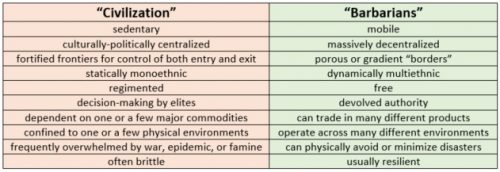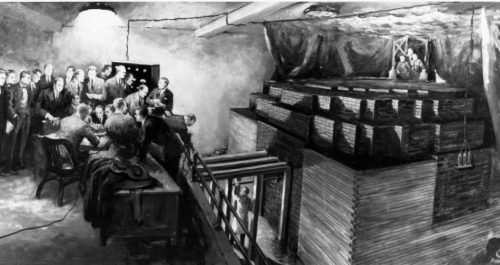Scott, James C. Against the Grain: A Deep History of the Earliest States. New Haven: Yale University Press, 2017.
Scott has hit another metaphorical grand slam with this one, a worthily disconcerting follow-on to his earlier work. I have previously read (in order of publication, rather than the order in which I encountered them) The Moral Economy of the Peasant, Seeing Like a State, and Two Cheers for Anarchism, and found them congenial. Scott is particularly good at encouraging a non-elite viewpoint deeply skeptical of State power, and in Against the Grain he applies this to the earliest civilizations. Turns out they loom large in our imagination due to the a posteriori distribution of monumental ruins and written records—structures that were often built by slaves and records created almost entirely to facilitate heavy taxation and conscription. Outside of “civilization” were the “barbarians,” who turn out to have simply been those who evaded control by the North Koreas and Venezuelas of their time, rather than the untutored and truculent caricatures of the “civilized” histories.

By these criteria, the United States of America is predominately a barbarian nation. In the order given above:

